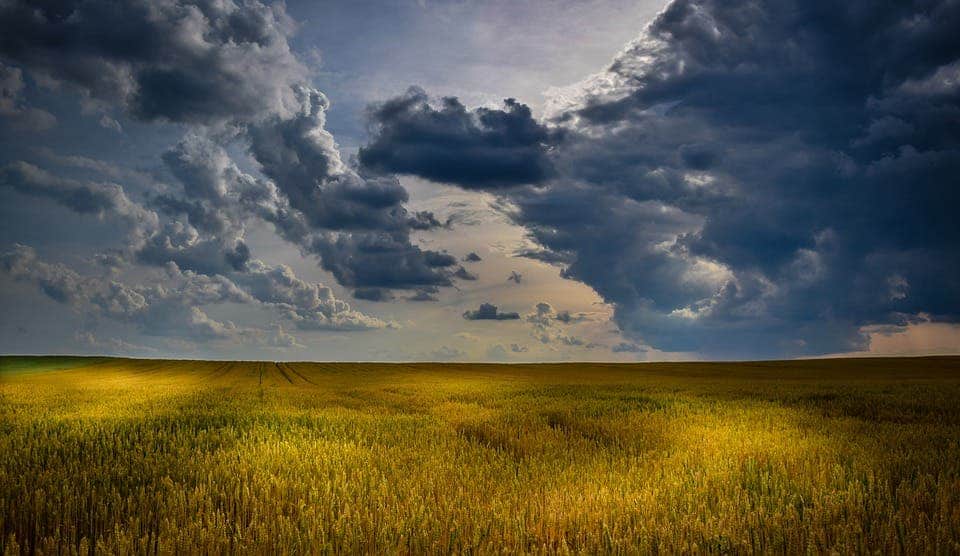Crop fields around the world are becoming increasingly uniform, and that’s a problem.

The world as a whole is increasingly narrowing agricultural production to only a few crops and lineages according to new research from the University of Toronto (UoT). This not only impacts the contents of our plates, but also makes global food production less resilient against pests and disease.
More of the same
“What we’re seeing is large monocultures of crops that are commercially valuable being grown in greater numbers around the world,” says lead researcher Adam Martin, assistant professor of ecologist in the Department of Physical and Environmental Sciences at UoT Scarborough.
“So large industrial farms are often growing one crop species, which are usually just a single genotype, across thousands of hectares of land.”
The team worked from data recorded by the U.N.’s Food and Agricultural Organization (FAO), quantifying which crops were grown on large-scale industrial farms globally from 1961 to 2014. While crop diversity in each region has increased — North America, for example, now grows 93 different crops, whereas the 1960s it was only 80 crops — it has gone down on a global scale. Large scale, industrialized farms in Asia or Europe, for example, are looking more and more like those in North or South America.
Soybeans, wheat, rice, and corn occupy just under 50% of the planet’s agricultural lands, the team reports. The rest is divided among 152 different crops. There is also very little genetic diversity within individual crops. In North America, six individual genotypes comprise about 50% of all corn crops, the team explains.
The 1980s saw a massive peak in global crop diversity as different types of plants were being sowed in new places on an industrial scale. This peak had largely flattened by the 1990s, and crop diversity across regions have declined ever since.
So, why is this a problem? Several reasons. The first is that it affects global food sovereignty, the team explains.
“If regional crop diversity is threatened, it really cuts into people’s ability to eat or afford food that is culturally significant to them,” says Martin.
Secondly, it’s also an ecological issue. If farms are dominated by a few lineages of crops, that makes the global food supply extremely susceptible to pests or diseases. All bananas (that we cultivate) today, for example, are clones — they’re all genetically identical. And they’re being wiped out by the Panama disease, a fungicide-resistant fungus.
Martin hopes to expand his research to look at patterns of crop diversity in the context of individual nations. He says there’s a policy angle to consider, since government decisions that favour growing certain kinds of crops may contribute to a lack of diversity.
“It will be important to look at what governments are doing to promote more different types of crops being grown, or at a policy-level, are they favouring farms to grow certain types of cash crops,” he says.
The paper “Regional and global shifts in crop diversity through the Anthropocene” has been published in the journal PLOS ONE.
Was this helpful?



